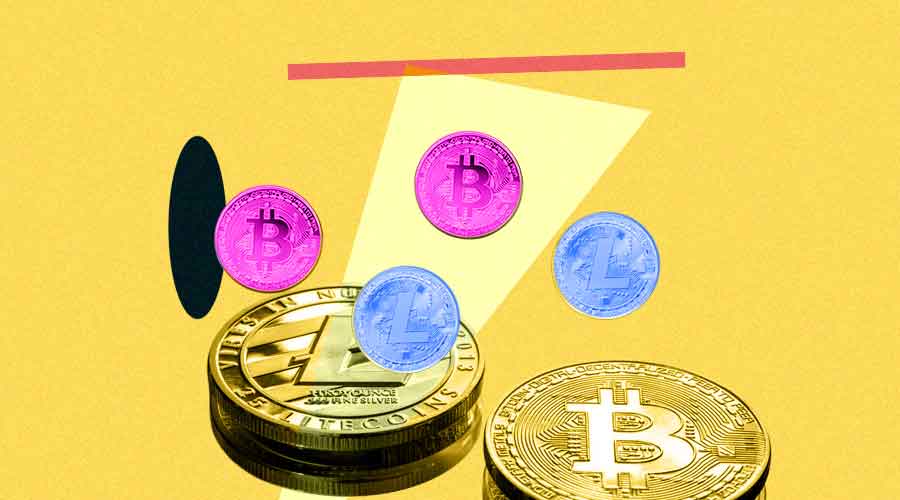 What Is LTC, or Litecoin? Functions, Background, Current Trends, and Future
What Is LTC, or Litecoin? Functions, Background, Current Trends, and Future
Introduction
Litecoin, which sprang from the initial open-source code of Bitcoin, is regarded as one of the first cryptocurrencies. It was a formidable rival to Bitcoin at first. However, Litecoin’s appeal has partly declined as the cryptocurrency industry has grown more crowded and cutthroat.
An alternative cryptocurrency called Litecoin (LTC) was developed in October 2011 by Charles “Charlie” Lee, an ex Google developer. With a few changes, the open-source code of Bitcoin was modified to create Litecoin. Similar to Bitcoin, Litecoin is built on an international payment network that is open-source and decentralized. A higher block generation rate and the usage of Scrypt—pronounced “es-scrypt”—as a proof of work system are two ways that Litecoin varies from Bitcoin.
It has long been believed that Litecoin is a response to Bitcoin. Litecoin’s developer, Charlie Lee, referred to it as the “lite version of Bitcoin” when he first announced the cryptocurrency’s launch on a well-known Bitcoin forum. Because of this, Litecoin shares many of Bitcoin’s capabilities but also modifies and adds to some other regions that the development team thought needed improvement.
With Litecoin, you may send money to anybody, anywhere in the world, peer-to-peer (P2P) without requiring an intermediary to handle the transaction. It may also be seen as part of a diversified cryptocurrency portfolio or as a store of wealth.
How Does It Work?
The proof-of-work (PoW) algorithm is used by Bitcoin, Litecoin, and several other cryptocurrencies to protect their networks. In essence, Proof of Work (PoW) demands that one party demonstrate to every other member of the network that a certain amount of computing work has been done. Litecoin employs the less resource-intensive scrypt PoW hashing method as opposed to Bitcoin, which utilizes the SHA-256 PoW algorithm.
The goal of Litecoin’s debut was to serve as Bitcoin’s “gold” to its “silver.” Litecoin is a peer-to-peer digital money, just like Bitcoin. It is an open-source, worldwide payment network that is entirely decentralized. Lee created Litecoin in an effort to address some of the issues with Bitcoin.
Litecoin’s primary advantages over Bitcoin are its four times faster block generation rate (1 new block every 2.5 minutes compared to 10 for Bitcoin) and its four times higher currency cap. However, the proof-of-work method used by Litecoin (scrypt, as opposed to Bitcoin’s SHA-256) means that mining hardware, such ASIC miners or GPU mining rigs, demands a lot more computing power.
In terms of market value, Litecoin was among the top 15 biggest cryptocurrencies (albeit it was still significantly less than that of Bitcoin). There were more than 73 million coins in use as of October 2023.
Future Of Litecoin
Since its inception, Litecoin has added a number of features designed to increase transaction speed without jeopardizing the network’s security and integrity. As per Litecoin’s project website, MimbleWimble is the last remaining project to be included in the blockchain.
A privacy mechanism called MimbleWimble expands upon private transactions by obscuring or encrypting data such as transaction amounts. MimbleWimble is said to be able to improve scalability and reduce block size. Early in 2019, Charlie Lee declared that Litecoin would pursue MimbleWimble development, and as of October 2023, that work is still in progress.




